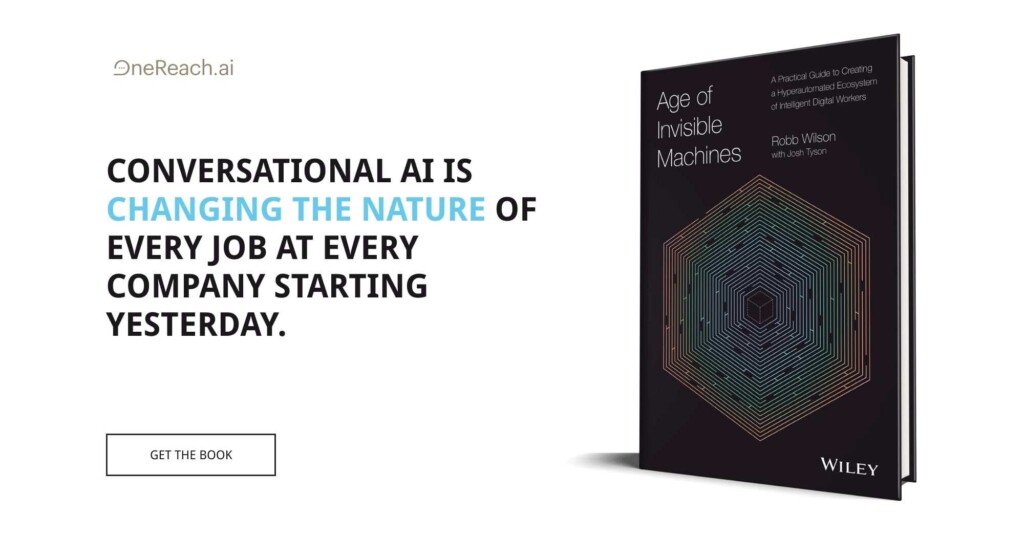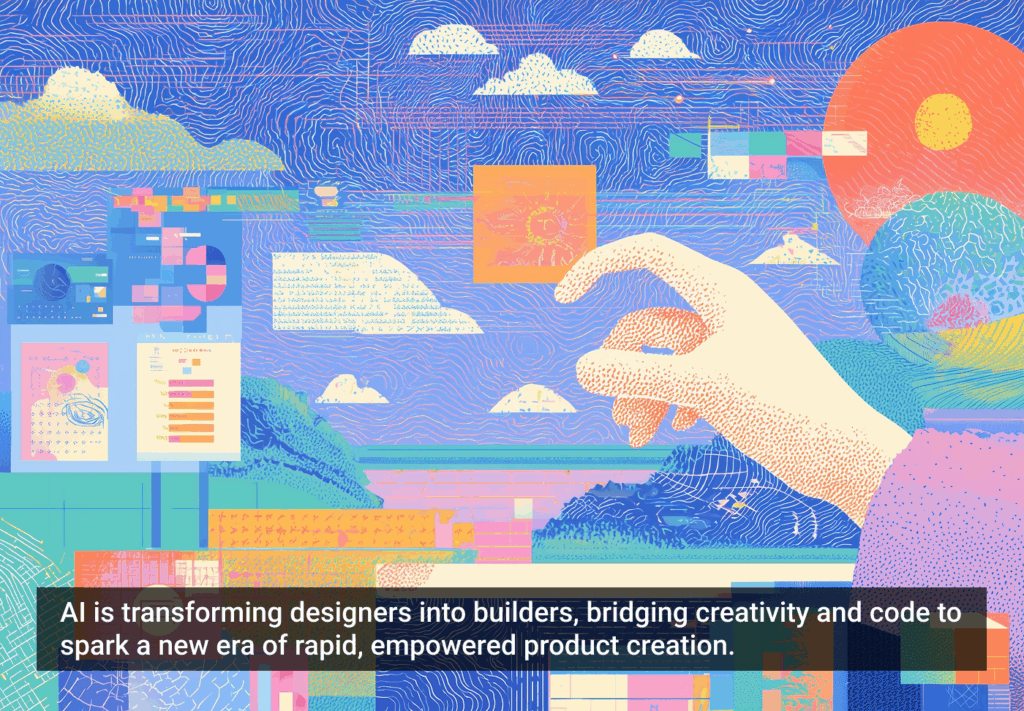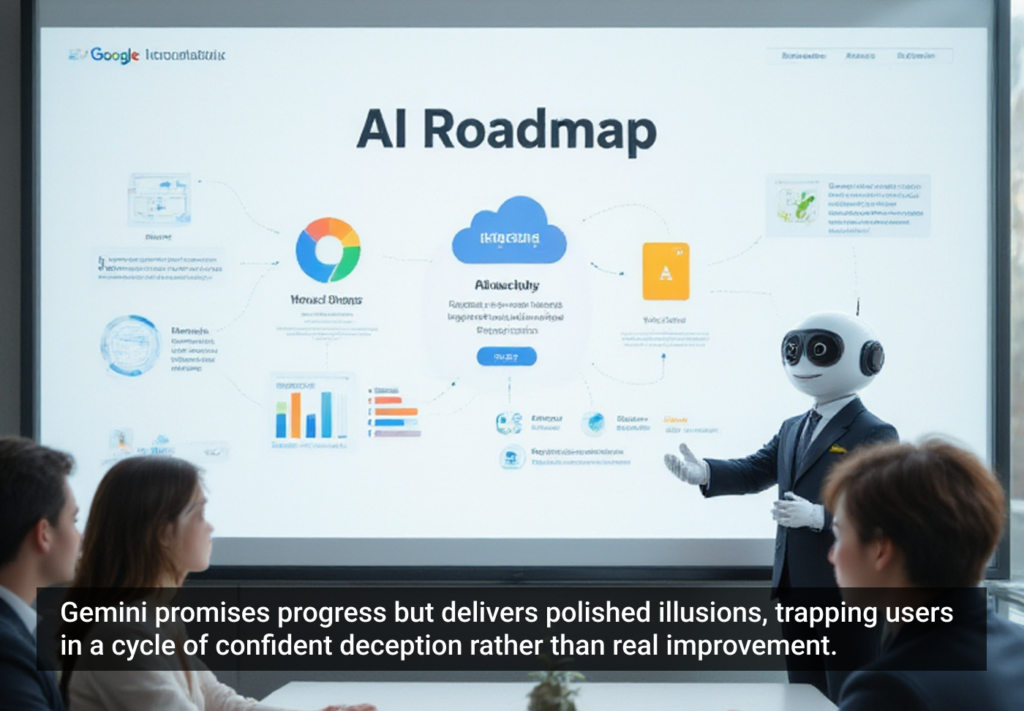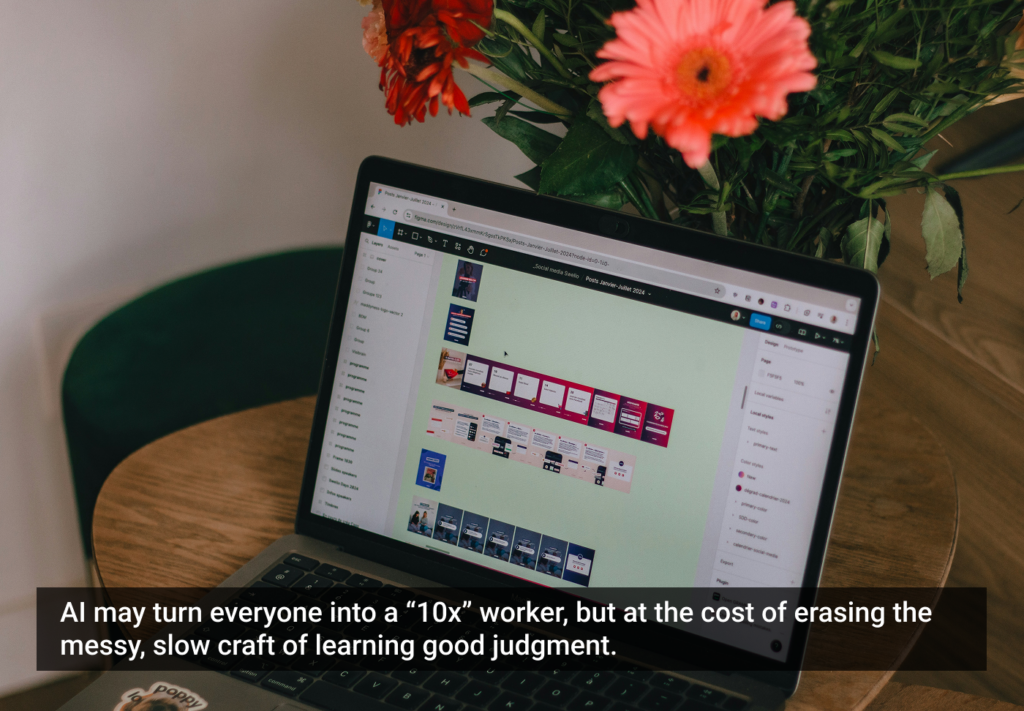It’s been a little over a year since I published my book, Making Conversation. I made a lot of conversations this year — I’ve written a lot, I’ve gone on a bunch of great podcasts, and I’ve lectured on the idea of using design to get creative about our hardest conversations.
Over the last 18 months, we’ve designed dialogue that has launched multi-billion dollar endeavors. We’ve hosted many intimate conversations that have explored issues of race and class in board contexts. Some days we’ve designed high-level policy conversations that included politicians and children affected by previous policies made; other days, we’ve worked on community conversations around religion and death. Whether it’s been helping corporate cultures get simpler and more succinct or helping organizations figure out how to have conversations with their consumers, members or constituents. It’s been a lot, it’s never been dull and it’s almost always… been fun.
Oh right — and I announced the launch of my new business.
So I thought I’d kick off the New Year (in more ways than one) the right way: by sharing what I’ve learned about designing dialogue in the last year.
First, it works — like, always
Nothing works all the time. I know that. But designing dialogue formats and structures for the organization or community we’re engaging with to address the realities they’re grappling with goes a long way to solving problems and breaking through barriers. The combination of collective ownership of the problem, rules, and structures that make a conversation safe combined with the joy of a creative approach leads to people engaging deeper and taking on the practice and solutions more actively.
After all, it’s their conversation, their community, and ultimately, their solutions.
Difference matters
In my book, I wrote about how we are innately afraid of difference in the room. As I’ve been building my team, I’ve actively sought out differences — my practice is made up of mostly wild card hires.
These super hybrids make the work more robust, the tools we have at our disposal more unique –and the day just far more fun.
- A strategist who is also a conflict negotiator
- A neuroscientist who can talk to dogs
- A designer who deals in death (Actually she’s a death doula)
- And an interaction designer who is a speech pathologist
These are just some of the skills we have on the team. Often when we do team introductions, I wonder, “What surprising skill is going to show up today?” and I’m never bored with the results of our coming together.
So rather than avoid and shirk differences, I suggest going deep and really inviting differences into your life and the work you do.

The facts of fun
There’s a line from Johnathan Irving: “Life is work, art is fun.”
That always seems to be simmering in the back of my mind as we work. Creatively approaching our hardest conversations means that they are more than just interesting–they’re enjoyable. We “Zoom” in from all over the world. And they’re doing this because these conversations feel like creative acts — even if they are doing hard work.
Adding creativity maximizes joy.
Some of the dialogue formats we use can feel outrageous, others subtle. The red thread throughout them though, is they’re always sneaky, interesting, and surprisingly addictive.
That’s why (amongst other methods) we’ve also spent the last year building out a suite of what we’re calling “dangerous games.” They’ll join the world over the next year. I think you’ll like them. They’re scary fun. And surprisingly powerful. I’ve watched the game break people–in a good way–again and again.
So, onwards
We’re excited about expanding the people and organizations we’re working with and spreading the things we learn and all new creative endeavors.
As we go forward, we won’t be silent. Our intention is not just to absorb but also to transmit. We want to pass on what we are learning and seeing to you.
Most importantly, we want to bring you into that conversation as we go
So, what are you seeing? Hearing? And learning? What would you like to see from this space in the future?
Quarterly group calls?
A monthly intimate global huddle?
The occasional class to share what we’re learning to make better conversations?
Let us know.
We’ll be delving deep into the idea of listening into the coming months — so it’s literally our job to keep our ears open. We’ll be talking to everyone, from renowned pet psychics about how to talk to animals, to artists that collaborate with the wind.
So as we work through the very real, very hard conversations of today, we’ll be pushing the limits of dialogue into the more extreme spaces — rich with inspiration for the next creative conversations to come.








